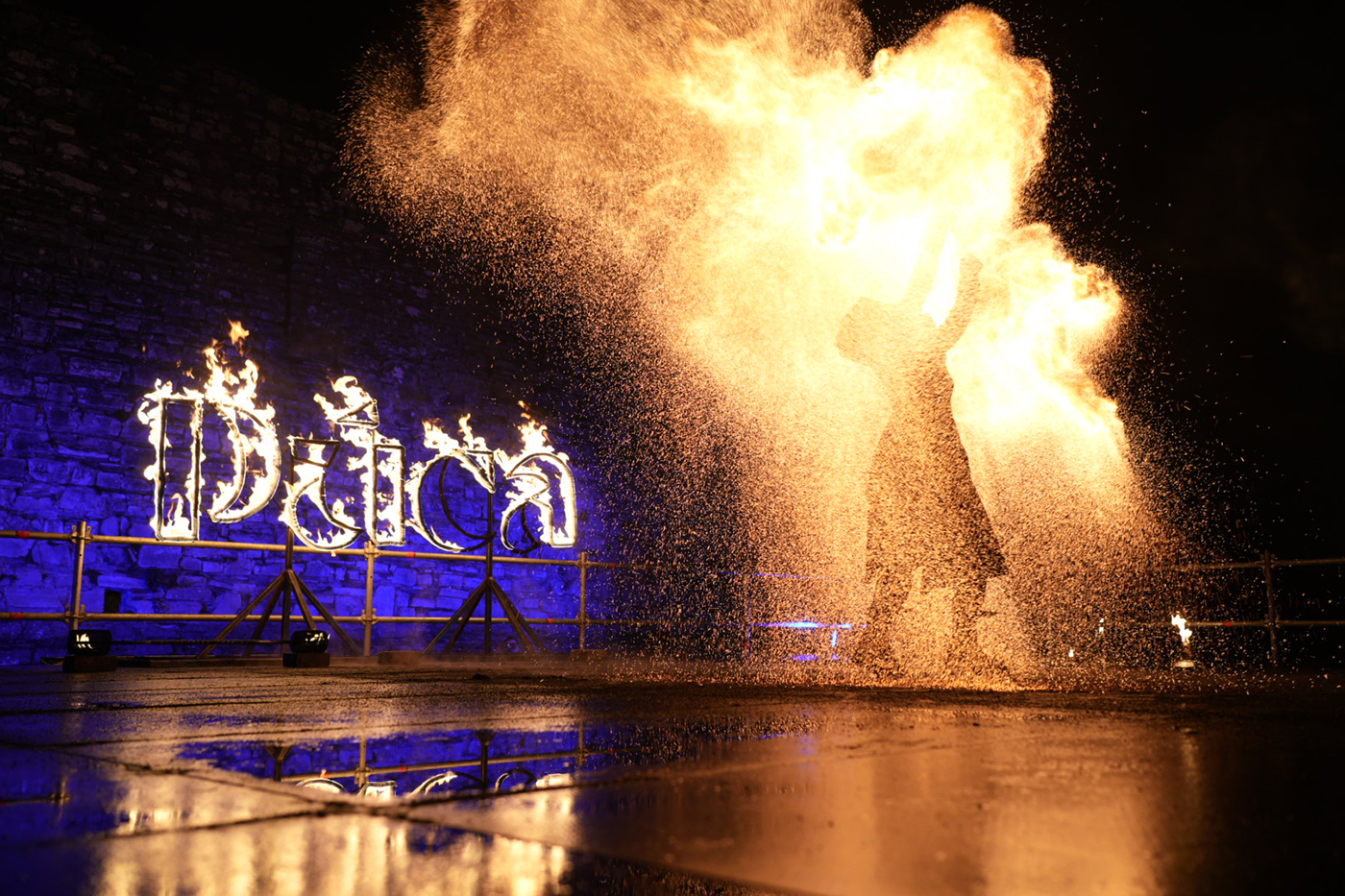The roots of Halloween can be found in an ancient Celtic festival known as Samhain. According to legend, during the three days of Samhain (October 31 to November 2), the Celts would attend great feasts, sit around huge bonfires that lit up the night sky, and perform various rituals designed to salute or placate their gods and the other moody and unpredictable beings that lived alongside them.
No one is sure exactly when Samhain was first celebrated. But it is at least 2,000 years old and likely extends back even farther into early Celtic history. The word Samhain is actually pronounced “sow in,” and it means “summer’s end” in the Irish language. In the Celtic context, however, it was observed to mark the transition between autumn and winter, when the sun would finally depart for the majority of each day and the plants would all die, only to be reborn again the following spring.
The traditions of Samhain were closely connected to the annual harvest and storage of crops, and to the slaughter and butchering of cattle that had spent the previous several months fattening up on pastureland. Both were so essential to their survival that the Celts felt obligated to honor the deities that provided them with the food sources they needed to make it through the long, hard winters.

Appeasing the Denizens of the Otherworld
The Celtic peoples who lived in Ireland, Scotland, Wales, and certain areas of northern Europe believed there was a parallel world to this one, which they referred to as the Otherworld. Existing in a separate dimension or realm, the Otherworld was the kingdom of the Celtic gods.
Celtic peoples saw the festival of Samhain as a hedge against incurring the disfavor of powerful gods who could curse them or being them all types of misfortune, including the failure of their crops or the premature death of their livestock. But the festival was also meant to protect the people from the misdeeds of the various supernatural entities that lived in the Otherworld alongside the gods. This included mischievous or possibly vengeful creatures like fairies and elves, and it also included the ghosts or spirits of deceased Celtic ancestors.
Find out more about the origins of Samhain and how these ancient celebrations live on through the modern-day Púca Festival in Ireland which takes place from 31 October to 3 November near the village of Athboy. Read the full article in the September – October 2024 52nd issue Fairy Tales and Folklore from Around the World in Ancient Origins Magazine. Get it here!
Featured Image: Representative image of a Samhain celebration. Source: Thekob5123 / Adobe Stock




